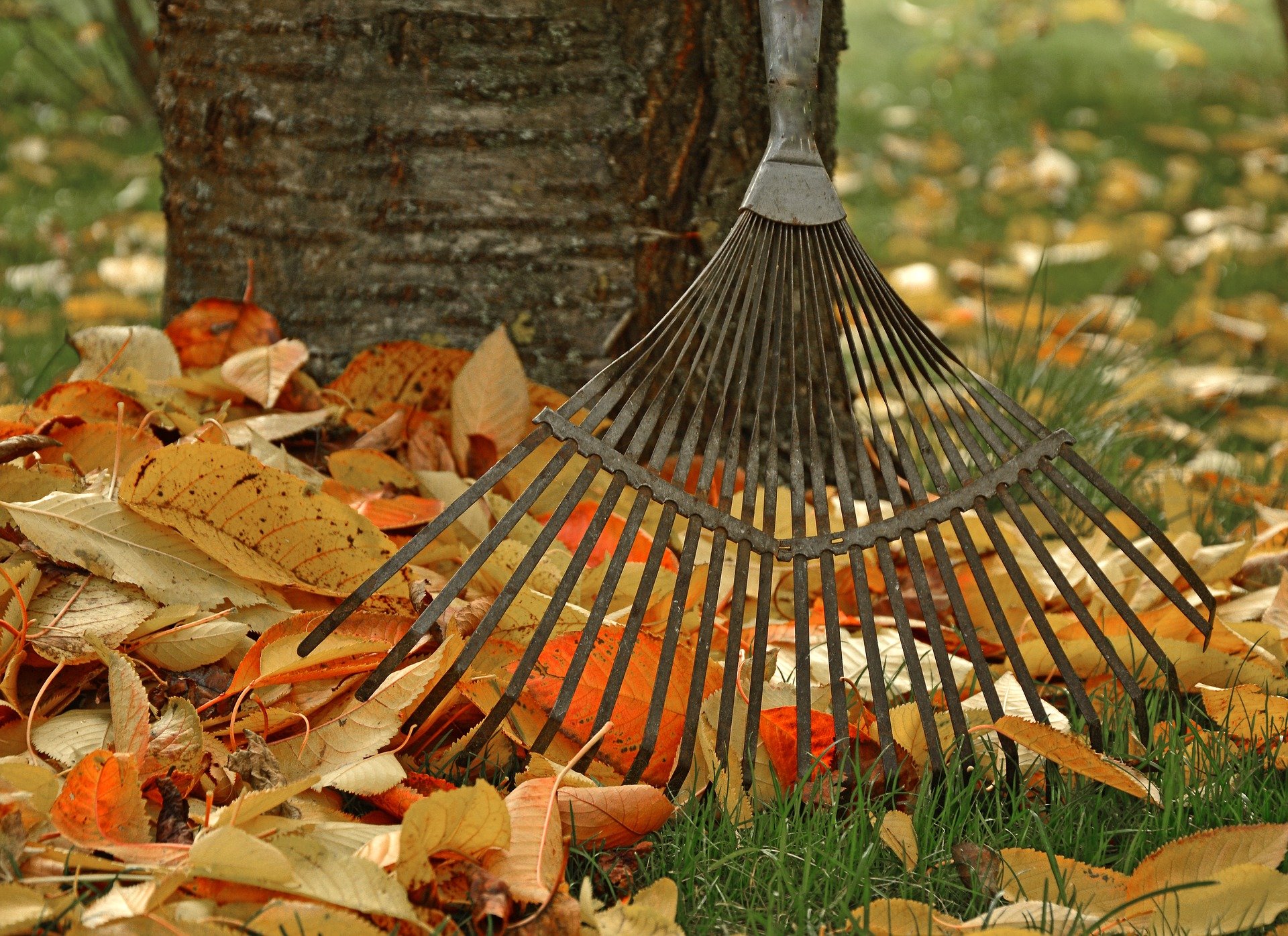By: Gary Garner Sr.
I know many people like to save their seed from one year to the next as both a way to save money and have the vegetables they like. In some cases, this works fine, and in some cases, it does not work well.
There are actually three kinds of seed, hybrid seed, open-pollinated seed and heirloom seed. Let’s take a look at which ones you can save and successfully start and grow the same crop next year.
HEIRLOOM VARIETIES—as a general rule of thumb these will be 50+ years old or older. They are open-pollinated varieties that have been passed down from generation to generation. In the early 1900s plant breeders tried to develop new open-pollinated varieties that were more genetically stable. The idea being to produce more uniform produce. Heirloom varieties today are open-pollinated varieties that predate the open-pollinated breeding work.
Heirloom varieties preserve biodiversity. This is important both to human health and the health of the planet. Over hybridizing causes genetic defects and may lead to a variety becoming extinct.
Heirlooms adapt to local soils and climates more readily because they haven’t been trained to become fussy. They usually have much better flavor than the hybrids and are very inexpensive to reproduce. Just save the seed and replant next year. You always get the same variety.
Heirlooms will likely not produce as large yields, may not grow as fast or as large, thick and tall as hybrids.
OPEN-POLLINATED SEED—in contrast open-pollinated seeds are accidents of nature. They occur by accidents of nature such as human touch/transfer, insects, wind, birds and many other natural means.
If you save the seed and plant them next year you will have somewhat the same plant. If they did well in your garden this year they will likely do well next year.
Open-pollinated plants do offer some problems although they have little effect on home gardeners. The plants may mature more sporadically than hybrids. They may produce colors that varies slightly from one plant to the next.
HYBRID SEED—are created when two different varieties of tree or plant are deliberately cross-pollinated to create a single new variety. The new variety should contain the best characteristics of each parent plant. These are usually the seed you see in the little packs at local stores. They are usually F1 seed. This simply means they are the product of a first generation cross between two varieties.
Hybrid seed from future generations F2 and after will not produce true to parent. Planting a seed from a hybrid is totally unpredictable. The plant you get will likely be nothing like the plant it was harvested from. It may be sterile, it will be less vigorous than the previous generation and the yield will usually be about half of the previous crop. You cannot save hybrid seed. You must buy new seed each year in order to get the same variety.
The most positive description of hybrid seed is uniformity. When you plant hybrid seed you can expect what is described on the seed pack to be what you get. The description on the seed package for color and size will be identical for every plant. The produce will mature in a given number of days and that’s it. If a farmer plants a 94 day corn, in 94 days every plant in the field will be almost exactly the same height, have two ears of corn and the plant shuts down. It has now done what the seed was programed to do. These are usually the produce you see in supermarkets. Commercial growers rely on hybrids because they offer few surprises.
As in many things the choice is yours. While the heirlooms offer great taste generally the hybrids will be easier to grow and produce a larger crop. We like to do some of both, but we lean toward hybrids.



